 This past summer, I had the incredible opportunity of being part of the Engaged Cornell Program. The program, run by Dr. Robin Radcliffe, follows his spring course “One Health: Conservation with Communities” and pairs undergraduate and veterinary students for international experiences to learn about wildlife conservation abroad. I was selected to be on Team Indonesia, and my undergraduate and I prepared for our two- month trip by taking a jumpstart Indonesian language and culture class in the College of Arts and Sciences.
This past summer, I had the incredible opportunity of being part of the Engaged Cornell Program. The program, run by Dr. Robin Radcliffe, follows his spring course “One Health: Conservation with Communities” and pairs undergraduate and veterinary students for international experiences to learn about wildlife conservation abroad. I was selected to be on Team Indonesia, and my undergraduate and I prepared for our two- month trip by taking a jumpstart Indonesian language and culture class in the College of Arts and Sciences.
Once in Indonesia, we spent most of our time in West Java and Borneo. Although I cannot write about specifics of some of our adventures, we were able to get hands-on training from several organizations about what conservation looks like in Indonesia- from the husbandry and veterinary side of looking after rescued birds, primates, tigers, and rhinos, to logistics of releases for different species, to mitigating relationships between the government and local Dayak tribes, and even to how social media influences the local perceptions of the wildlife.
Between learning from the vets about field techniques like blow darting and making ultrasound gel from scratch, we also learned much from the keepers and staff. The people were so incredibly in tune with their surroundings, from knowing every plant’s name and properties, to adeptly climbing fifty feet up in the air to get rhino browse. They knew how far away animals must be based on how a single branch bends, saw deer tracks paces away when I can barely make them out up close, and knew exactly the best path to get us through the jungle safely. Oftentimes I was in awe to watch them work with such ease and am filled with such humility learning from masters like these.

Additionally, during our down time, Daeden my undergrad partner and I were able to develop relationships with the keepers who don’t speak much English and created some of the best memories of the trip. It was nerve wracking at first, being challenged to communicate effectively with everyone and feeling as if all our Bahasa flew out the window the second we got to Indonesia. But, rather dramatically, I found myself falling into step with life in Kelian, found myself stretching the confines of my previous world with an insatiable need to explore every aspect of this unfamiliar land. Both out of necessity and a desire to connect more deeply with the people here, I could feel my Bahasa growing with each kitchen adventure with Ibu Tini or perimeter patrol with Pa Pelis. I found each day much easier than the last as I felt myself leaning into the dynamics of Kelian and diving deeper into what life had to offer here.
Here, amongst hilarious nights of Uno and karaoke, watching tv shows that I didn’t understand and putting flour on the faces of losers of games, I was able to connect to a part of myself that I hadn’t for a long time. My mother is an immigrant from the Philippines, but I have memories of being embarrassed about being Asian because there weren’t many when I was growing up and I was scared of being different. And now, in my early twenties, I feel amorphous at times being mixed race, not knowing exactly where I can fit in as I oftentimes feel like I don’t fit the mold of mainstream society while simultaneously being disconnected from my own heritage. And I often feel as if it’s too late to connect to that part of me that I have pushed away for such a significant portion of my upbringing. But, so many of the cultural things that I grew up with were similar, from eating with my hands to having similar cooking styles and language.

So yes, I learned a lot about veterinary medicine and conservation in action in the field, but in these hours of downtime with the staff, I learned something much more valuable. I enthusiastically stepped out of my comfort zone and learned how to cook makanan Indonesia (Indonesian food) with Ibu Tini, attempted riding a motor myself, and used a machete. I learned Bahasa Indonesia, so well that I could carry conversations, make jokes, and say bad words with my guide who doesn’t understand any English. I learned how to make friends and form deep bonds even when the communication and cultural barriers seem insurmountable. Because there, the person I am is not so different from many of the people there. We shared many of the same thoughts, worries and fears, hopes and desires. The person I am finally does not feel out of place or very different (even though surface appearances would say otherwise) but in fact feels perfectly at home. Because there, with everything reminding me of my upbringing, I found a place to strengthen my identity, connect to my culture and community, and appreciate my heritage.

Hi, my first name is Christel-Remy, but you can call me Remy (she/they). I’m from West Hempstead, NY and I graduated from Cornell undergrad in Spring 2020 with a major in Animal Science and a minor in Education. I hope to pursue a career in wildlife conservation medicine, but I also love academia! Within vet school, I’ve had the opportunity to be involved in many clubs, most notably ZAWS and VOICE. Before I started college, I was a martial arts instructor for nine years, and I also continue to coach Science Olympiad for high school and middle school students. Outside of the veterinary field, I love ballet and tap dancing, playing piano, drawing, and collecting coffee mugs.

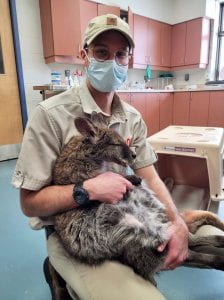 If Dr. Benjamin Jakobek decides to write a book, I will be first in line to buy it. As he tells me about some of the projects he’s been a part of, including capturing and collaring muskox in Nunavik and working to transport caribou to a protected environment, he is a reminder to all of us aspiring veterinarians that we will one day have the capability and arguably, the responsibility, to help protect wild animals and places around the world. After obtaining his DVM from Cornell University College of Veterinary Medicine in 2020, Dr. Jakobek completed a one-year small animal rotating internship at the University of Prince Edward Island. Now, he is a zoological medicine resident and a master’s student at the University of Montréal focusing on free-ranging wildlife health management. Though each day’s work is different, Dr. Jakobek divides the bulk of his time between the Granby Zoo, the Aquarium of Québec, the University of Montréal’s wildlife pathology service and raptor clinic, as well as federal and provincial wildlife agencies. His current program gives him the opportunity to hone his research and his clinical skills into something he calls “the opportunity of a lifetime.” This program has allowed him to work on research projects ranging from studying toxoplasmosis in endangered beluga whales to environmental interventions against Lyme disease, among many others.
If Dr. Benjamin Jakobek decides to write a book, I will be first in line to buy it. As he tells me about some of the projects he’s been a part of, including capturing and collaring muskox in Nunavik and working to transport caribou to a protected environment, he is a reminder to all of us aspiring veterinarians that we will one day have the capability and arguably, the responsibility, to help protect wild animals and places around the world. After obtaining his DVM from Cornell University College of Veterinary Medicine in 2020, Dr. Jakobek completed a one-year small animal rotating internship at the University of Prince Edward Island. Now, he is a zoological medicine resident and a master’s student at the University of Montréal focusing on free-ranging wildlife health management. Though each day’s work is different, Dr. Jakobek divides the bulk of his time between the Granby Zoo, the Aquarium of Québec, the University of Montréal’s wildlife pathology service and raptor clinic, as well as federal and provincial wildlife agencies. His current program gives him the opportunity to hone his research and his clinical skills into something he calls “the opportunity of a lifetime.” This program has allowed him to work on research projects ranging from studying toxoplasmosis in endangered beluga whales to environmental interventions against Lyme disease, among many others.

 Looking towards his future, Dr. Jakobek remains interested in both clinical medicine and research. He is particularly drawn to work in more remote areas of the world. “I think this appeals to me because it’s in those remote places that you find rich biodiversity and natural habitats often needing research and support for their protection.” Another highlight of his residency has been working alongside different community stakeholders to conserve habitats and safeguard wild species. He describes a particularly impactful experience transporting caribou alongside wildlife biologists, indigenous peoples, wildlife technicians, and veterinarians, all of whom wanted to ensure the survival of this particular caribou population, of which there were only seventeen individuals remaining. Of course, while his experiences during his residency have been rewarding, he is also frequently reminded of the progress still to be made. “This work [with caribou] shows how important it is to protect wildlife habitats while we still have them and value wildlife, while we have the great fortune to be able to share the planet with them.”
Looking towards his future, Dr. Jakobek remains interested in both clinical medicine and research. He is particularly drawn to work in more remote areas of the world. “I think this appeals to me because it’s in those remote places that you find rich biodiversity and natural habitats often needing research and support for their protection.” Another highlight of his residency has been working alongside different community stakeholders to conserve habitats and safeguard wild species. He describes a particularly impactful experience transporting caribou alongside wildlife biologists, indigenous peoples, wildlife technicians, and veterinarians, all of whom wanted to ensure the survival of this particular caribou population, of which there were only seventeen individuals remaining. Of course, while his experiences during his residency have been rewarding, he is also frequently reminded of the progress still to be made. “This work [with caribou] shows how important it is to protect wildlife habitats while we still have them and value wildlife, while we have the great fortune to be able to share the planet with them.”
 Colleen Sorge, Class of 2024, is a Cornell DVM student from Long Island, NY. She obtained her undergraduate degree in Animal Science from Cornell University in 2020. She has a wide range of interests within the veterinary field, including both small animal and wildlife medicine.
Colleen Sorge, Class of 2024, is a Cornell DVM student from Long Island, NY. She obtained her undergraduate degree in Animal Science from Cornell University in 2020. She has a wide range of interests within the veterinary field, including both small animal and wildlife medicine.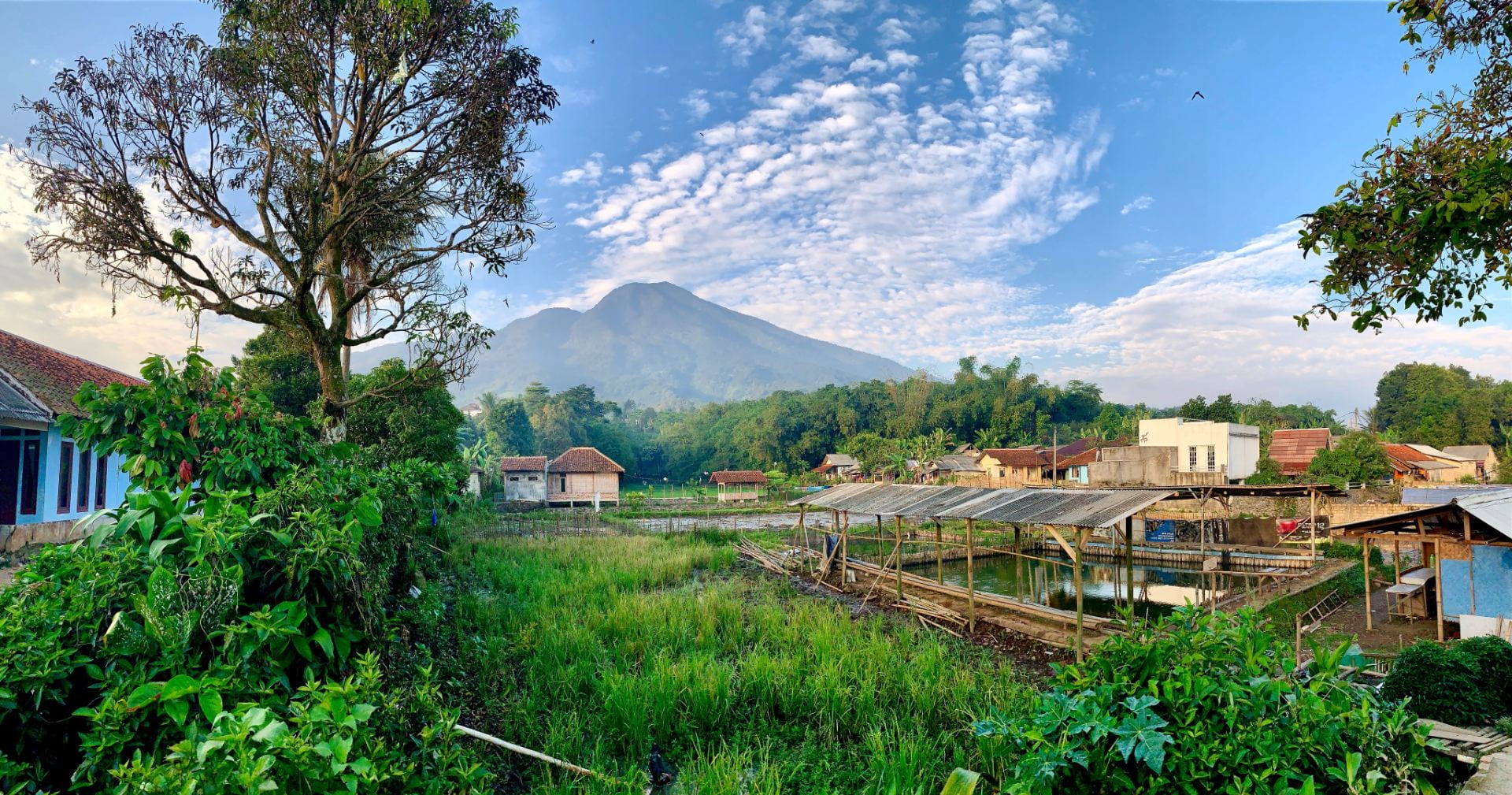
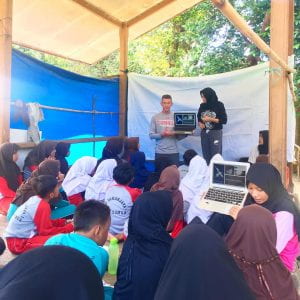
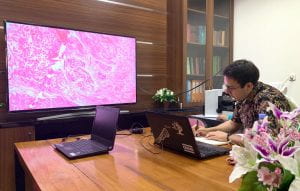
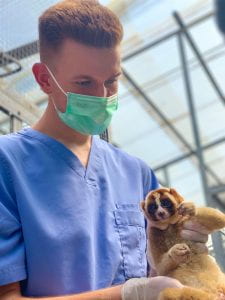
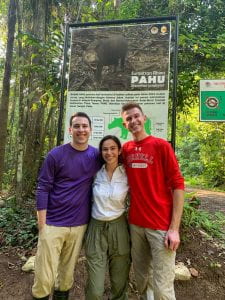
You must be logged in to post a comment.